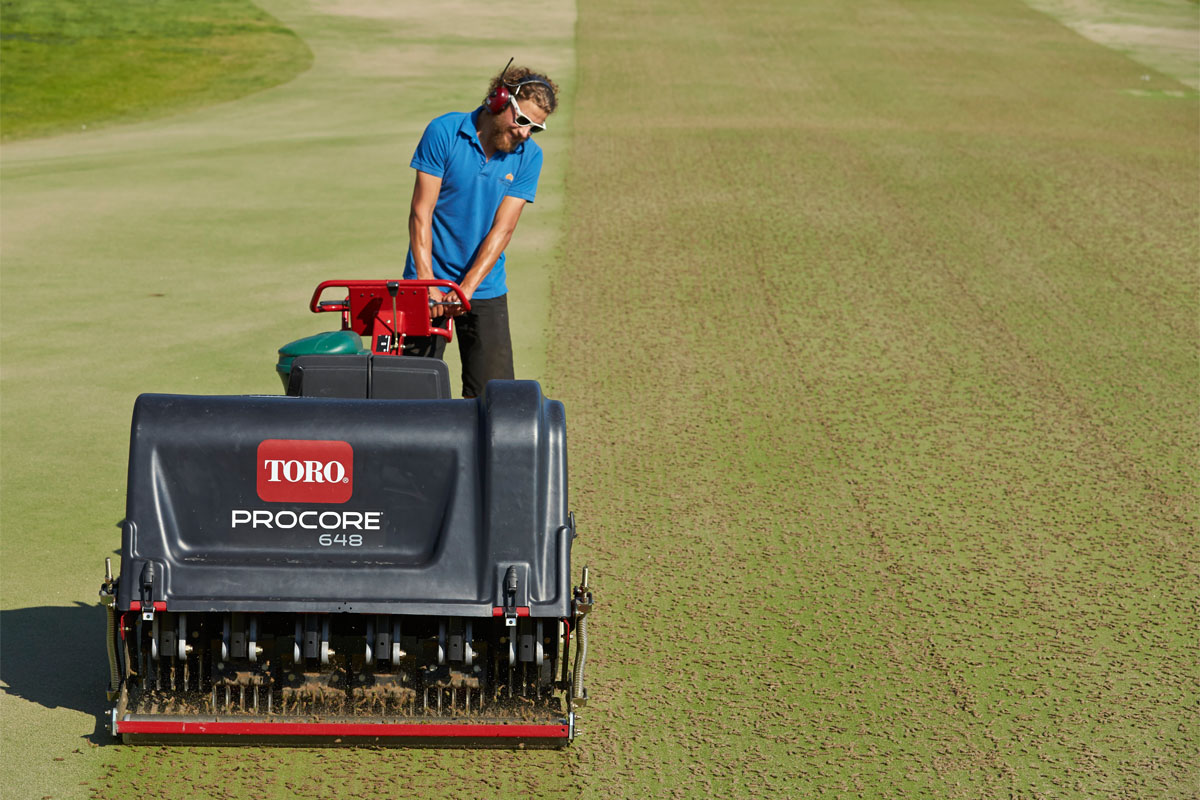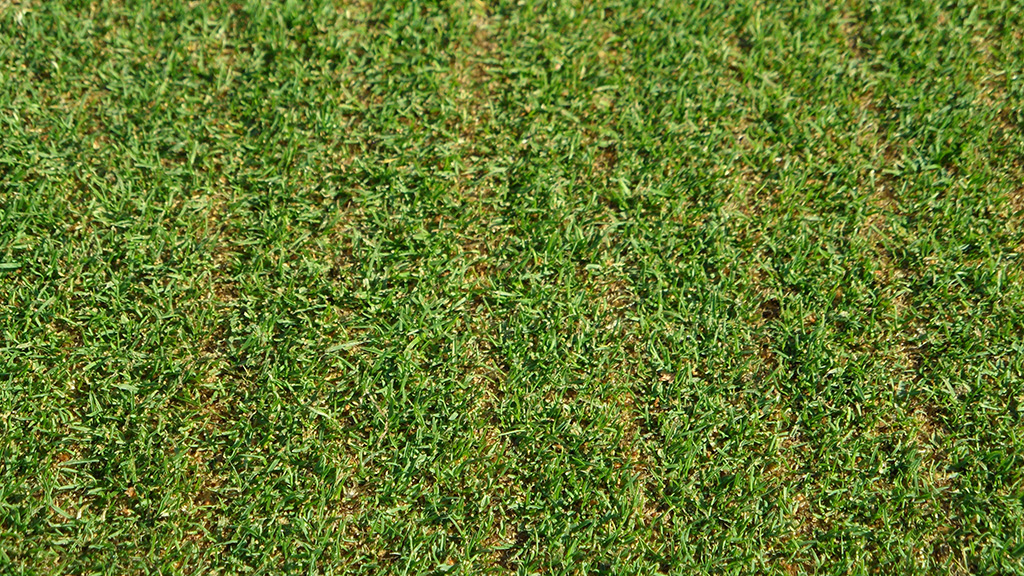Speed of recovery is the key to successful renovation of golf greens, to keep players happy and to establish stronger plants better able to withstand future stresses.
Ideally, renovation would take place when growing conditions are good, to get seeds established and plants back to full strength, advocates ICL Technical Sales Manager, Andrew Pledger. However, the challenge is that is often when courses are at their busiest for play and unwilling to face disruption.

“Customer expectations have increased, with demand for better playing surfaces right through the season. For many, renovation periods are now frequently scheduled when growing and ground conditions are not at their best for recovery,” he warned.
Andrew believes the Syngenta FR321 One-box Solution could help reliably achieve faster and more consistent renovation recovery on golf courses, especially in more difficult growing conditions.

Furthermore, he highlighted changing weather patterns increasingly create conditions that inhibit strong growth, just when it’s needed the most. “Spring condition have now become very inconsistent, either excessively wet, or extremely cold and dry, so recovery has been slow
“Where a top dressing remains on the surface for a long period during slow growth, there’s increased risk of smothering the plant and raising the potential for diseases.”
With later autumn renovations, whilst temperatures over recent seasons have remained positive for growth, the high levels of rainfall makes renovations hard work, and increases the risk of damaging the playing surfaces with the maintenance machinery - not just the greens, but also the surrounds and approaches.
“The inevitable mechanical damage to turf leaves during the renovation action could allow any disease that’s inherent in the autumn conditions to develop. That can result in even greater damage, at a time when growth is slowing and there is less chance of recovery before the winter. Remaining scars can spoil surface quality right through the winter.”

Andrew advised an application of the fungicide and pigment combination, Heritage and Medallion TL + Ryder, in Syngenta’s FR321 One-Box Solution, is best made three to four days before intensive renovations commence. “Putting on a contact and a systemic mix allows for the variable growing conditions we are likely to be faced with at that time,” he advised.
“Application whilst there are signs of growth allows the systemic Heritage time to get into the plant and to put protection in place. If growth levels are high at the time, a tank mix with Primo Maxx II could help get greater longevity from the treatment, as well as potentially retain more of the Medallion contact activity on the leaf.”

Including the pigment, Ryder, in the mix prepares and protects turf for stress involved with renovation and minimises the visual impact or work. In field trials, there has been a noted additional improvement in turf quality results when the three product combination has been used.
He pointed out that the Primo Maxx growth regulation of the existing turf would also help give any seed applied during renovation a better chance to establish, before the mature turf starts to compete again.
“I would then tend to apply a further Ryder as soon as the renovation work is complete. The green pigment colour can help to mask visible signs of work, along with any sand topdressing on the surface.
“Adjusting the rates so that you get the colour that fits naturally with your course, means players are far less likely to notice or comment on the renovation effects.”
Andrew added that if only light renovations are being undertaken and conditions are less conducive to disease, then the full FR321 pack of Heritage, Medallion TL and Ryder could be applied in one tank-mix as soon as the work has been completed.
“At the same time, you can look to ensure there’s sufficient nutrition being supplied to encourage growth, without being too excessive. Along with any stress management bio-stimulant and managing soil moisture appropriately for seedling development and existing turf recovery.
The rates of the products supplied in the pack have been proven to give effective protection when used together, whilst using less than a separate application of each at full rate.
